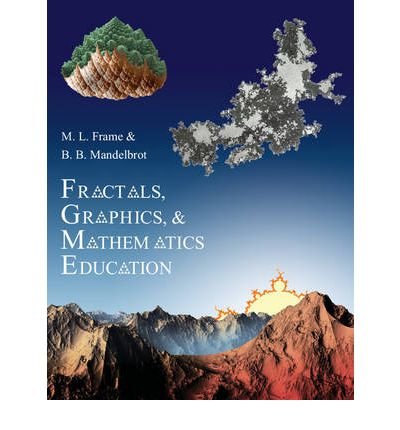What do you think?
Rate this book


Learn how others have developed courses in fractal Geometry for use in
elementary school, high school, colleges and universities.
Fractal geometry is a recent addition to the collection of mathematical tools
for describing nature and the works of Man. It made possible for the first
time a national study of roughness. Fractals are encountered in
mathematics and many natural sciences, but also in finance and in art, music and
literature most often without being consciously included by anyone. Therefore,
fractals interconnect the arts and the natural and social sciences I may
intrinsic ways. Rarely, if ever, are students exposed to anything like
this in mathematics and science classes.
This book collects essays about fractal's role in mathematics and science
education. In the first four chapters, the editors address general
issues. The next twelve chapters are invited case studies authored by
educators who began years ago to use fractal geometry in classes that range from
second grade elementary school, through public and private high schools, to
state universities and private colleges. Some contributors survey
literature and software they have used, others present detailed sample
lessons;. The chapter for Florida Atlantic University reports on a program
training teachers in Florida.
Many teachers developed fractals courses on their own in isolation from one
another. This book is a token of how widespread such courses have
become. The common themes that appear throughout mark the coming of age of
this subject.
Unknown Binding
First published May 1, 2002